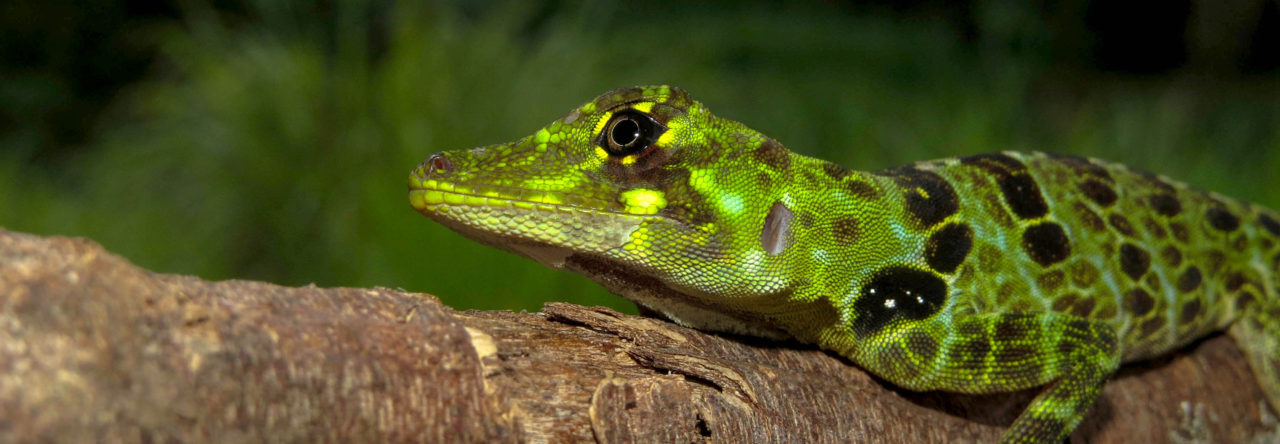Bryan Stuart, Curator of Herpetology at the North Carolina Museum of Natural Sciences in Raleigh, recently posted this on Facebook:
And an important comment on the FB post from Jeff Beane, the department’s collections manager:
“And the neotype of Anolis carolinensis is now NCSM 93545.”
Latest posts by Jonathan Losos (see all)
- Evolution in Real Time on Lizard Island - March 23, 2025
- Spider Snags Adult Anolis osa - March 22, 2025
- An Homage to the Green Anoles of New Orleans - March 21, 2025




Laura
THis is interesting on the neo green anole. Maybe that is what we have..they are small, but get much bigger in Florida. We now have 4 females, 2 males now which now chase each other…
Waiting for the weather to change to let mine go into our yard. I’ll get some nice bushes they like. Hope they repopulate here.
Thanks for this article.
Peter Uetz
Thanks for pointing this out! It reminds us to keep track of CRyptic museum acronyms. The Reptile Database still has ChR 862 but will be NCSM 93545 in the next release (note that Vance 1991 used the acryonym CR). Weirdly, the Charleston Museum also has (or had) other types using yet different acronyms, e.g. ChM 1981, the neotype of Sceloporus undulatus, and maybe others (please let us know). Another holotype in the Reptile Database is “CR 4000/7″(the type of Pachydactylus vanzyli) which turns out to be in the State museum in Windhoek in Namibia! (this is coming right of the original description which gives the holotype as CR 4000/7 but elsewhere mentions the museum in Windhoek). Arrghhh … anyway, don’t blame me when you see confusing type data in the Reptile Database.
Bruce Collette
But was that a valid designation of a neotype according to ICZN rules? With a type locality of Charleston, there is no question as to the identity of the taxon and no complex zoological question to be solved as required under the Code,
Peter Uetz
There is only one important condition when the designation of a neotype is invalid: “A neotype is not to be designated as an end in itself, or as a matter of curatorial routine, and any such neotype designation is invalid.” See http://www.nhm.ac.uk/hosted-sites/iczn/code/index.jsp?article=75&nfv=
In this case I would argue a neotype designation is justified because Vance 1991 also described a new subspecies, A. c. seminolus, which he needed to separate with the designation with a separate holotype. But see 75.3. for other conditions.